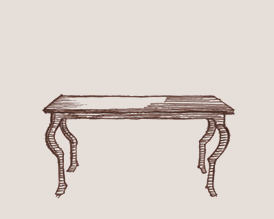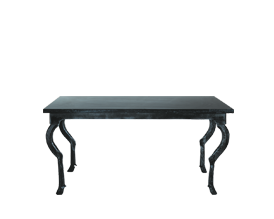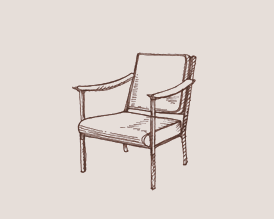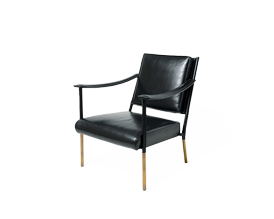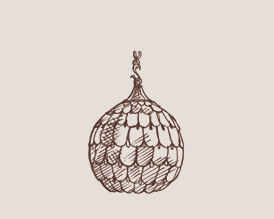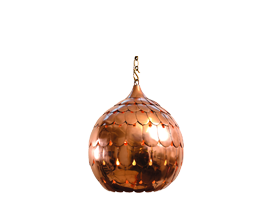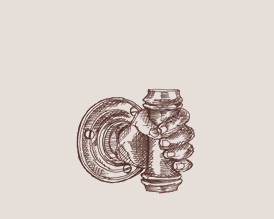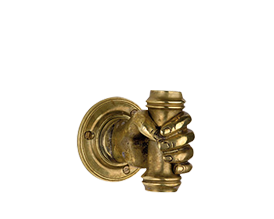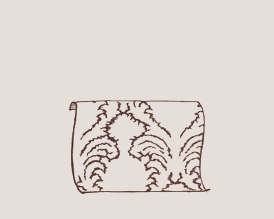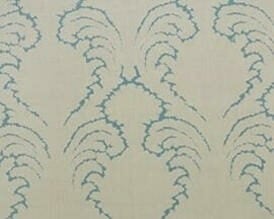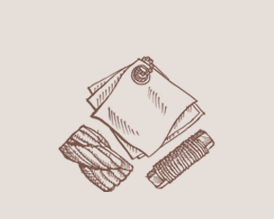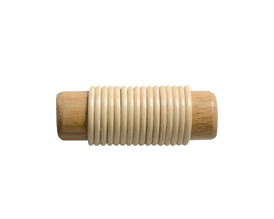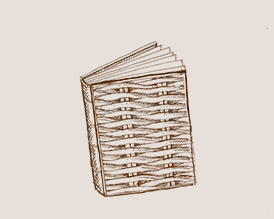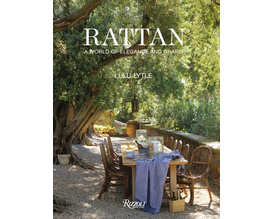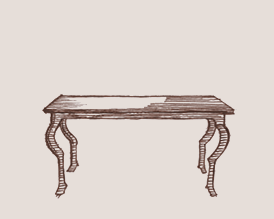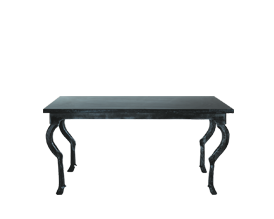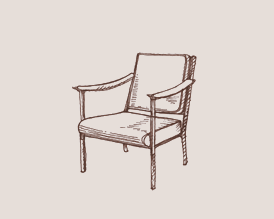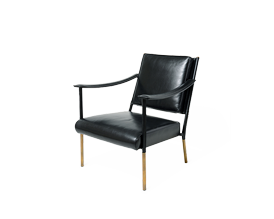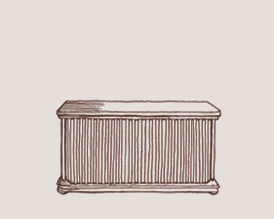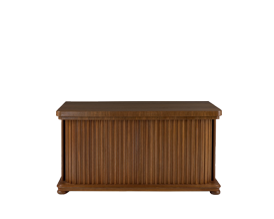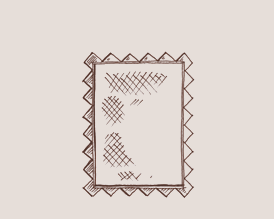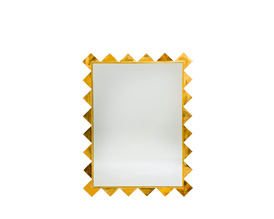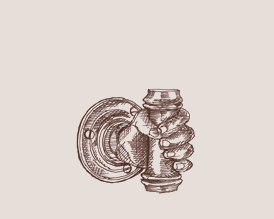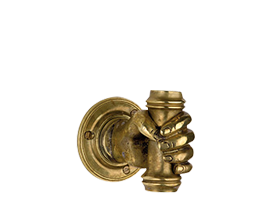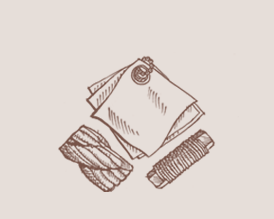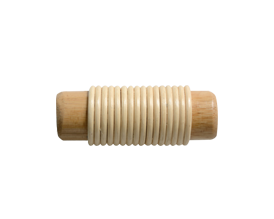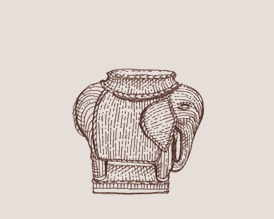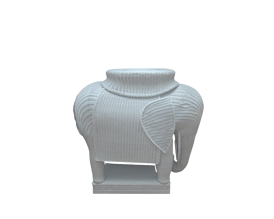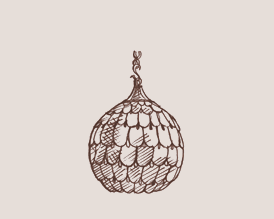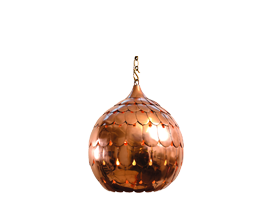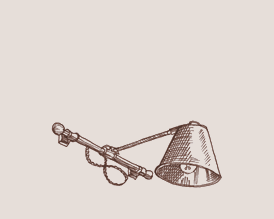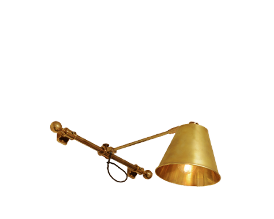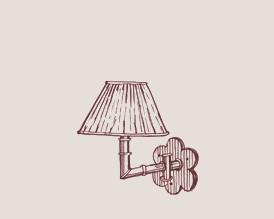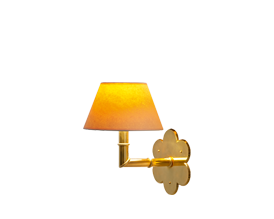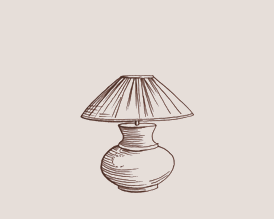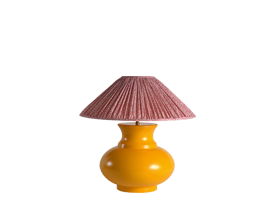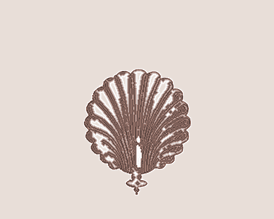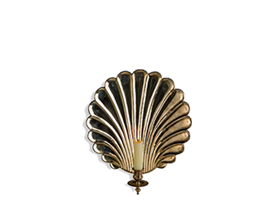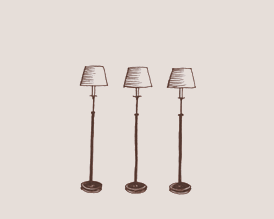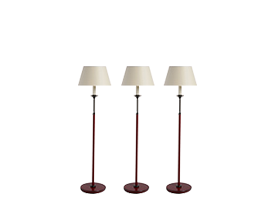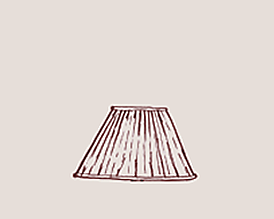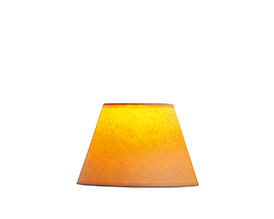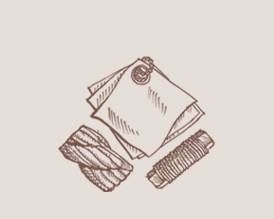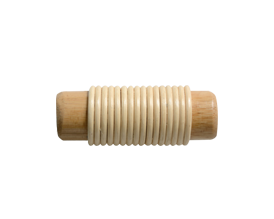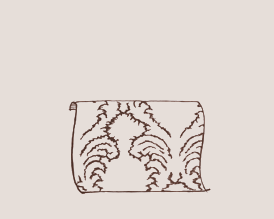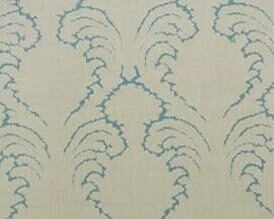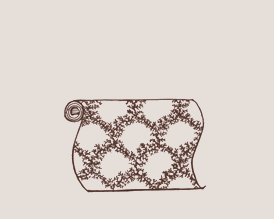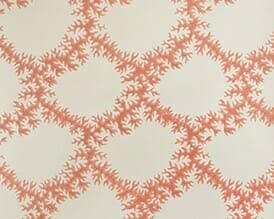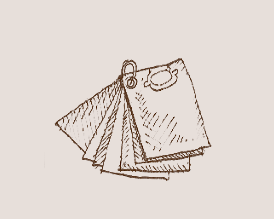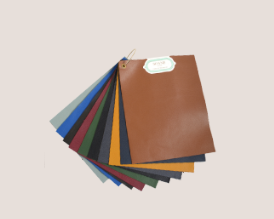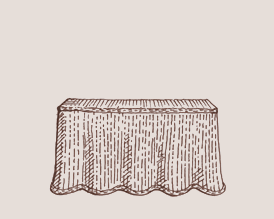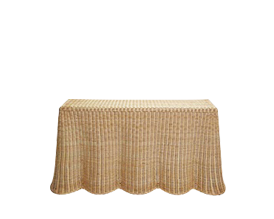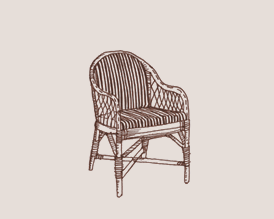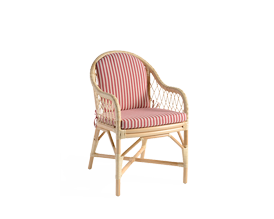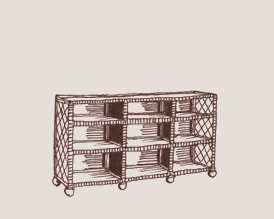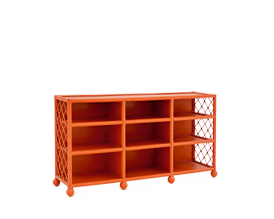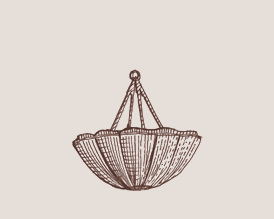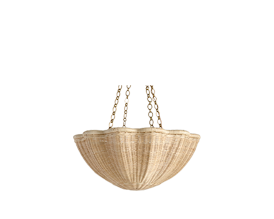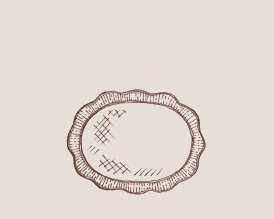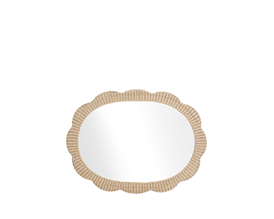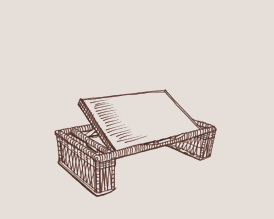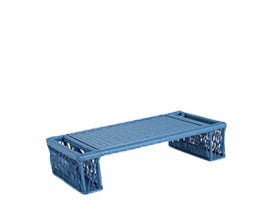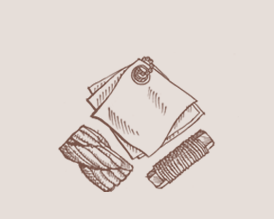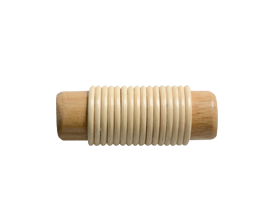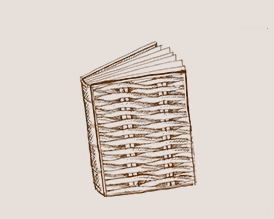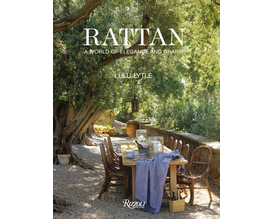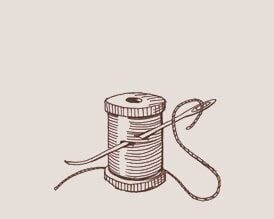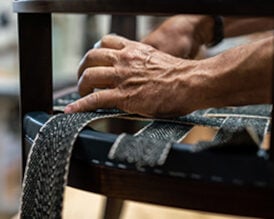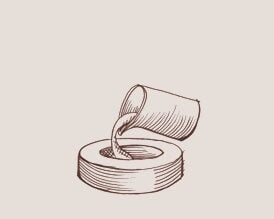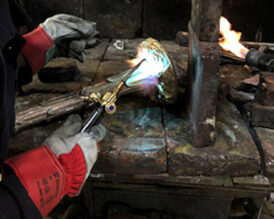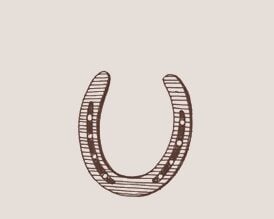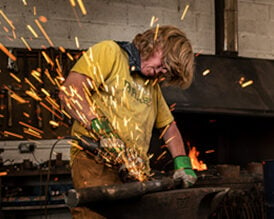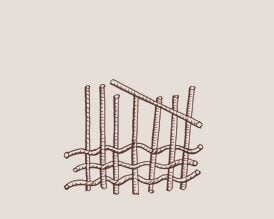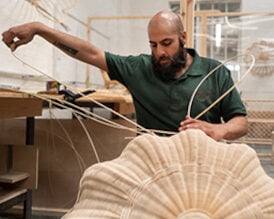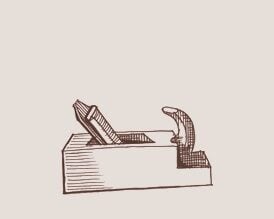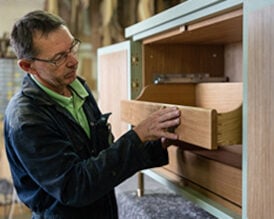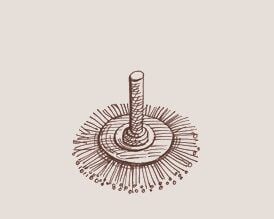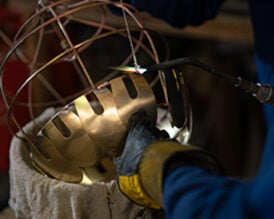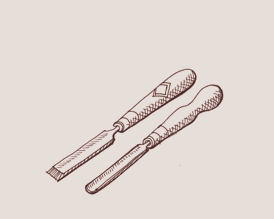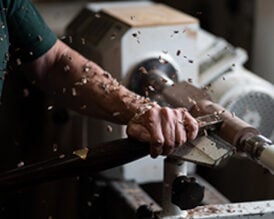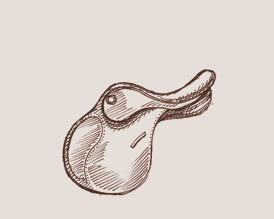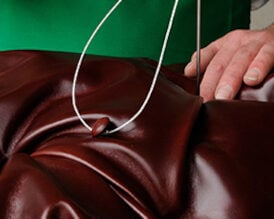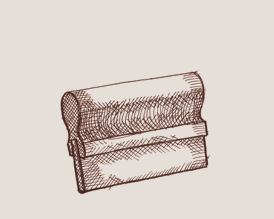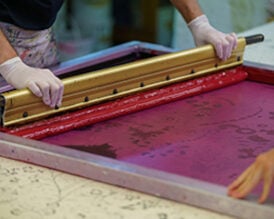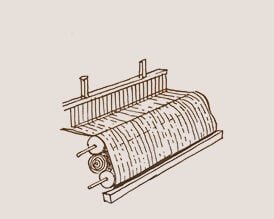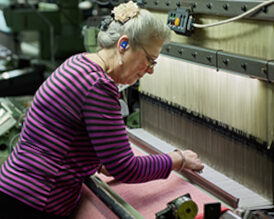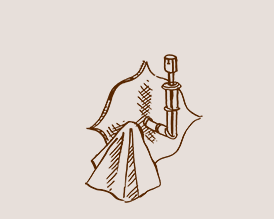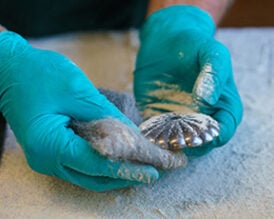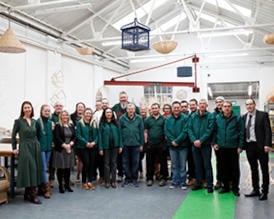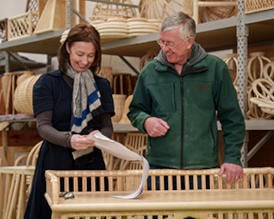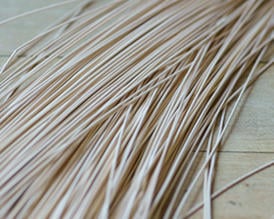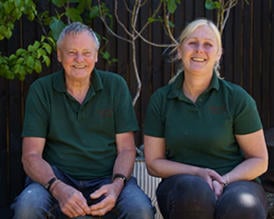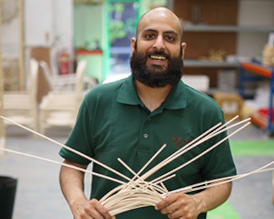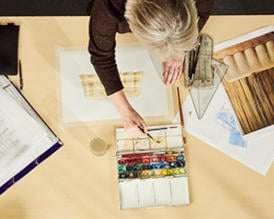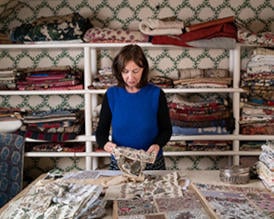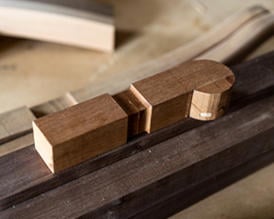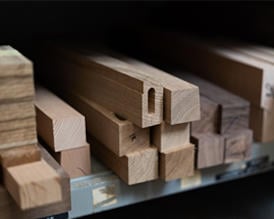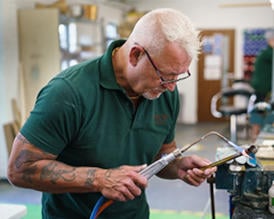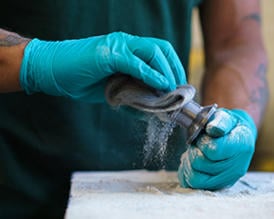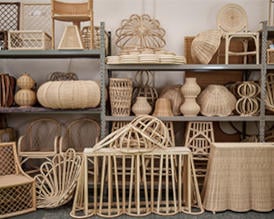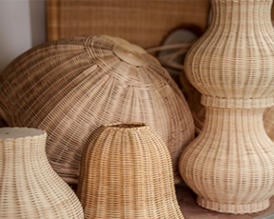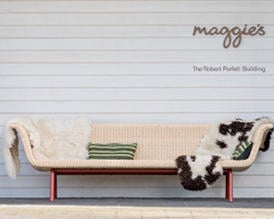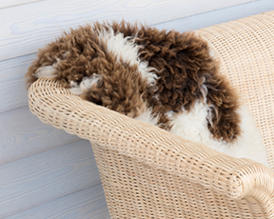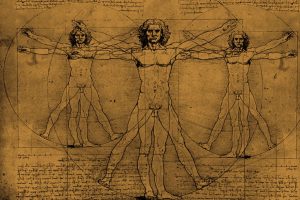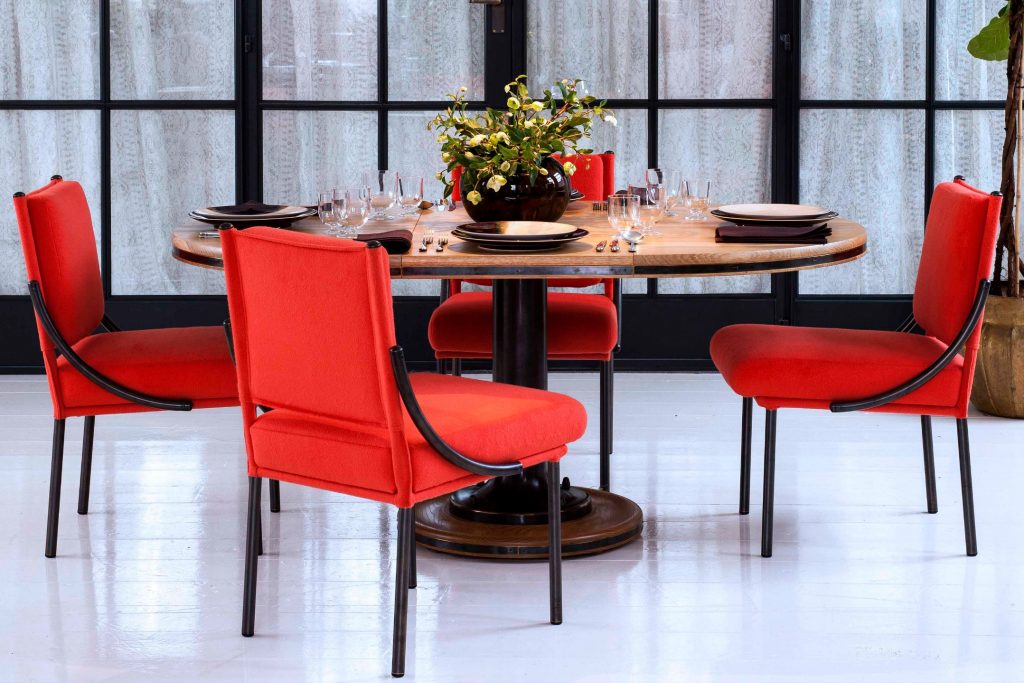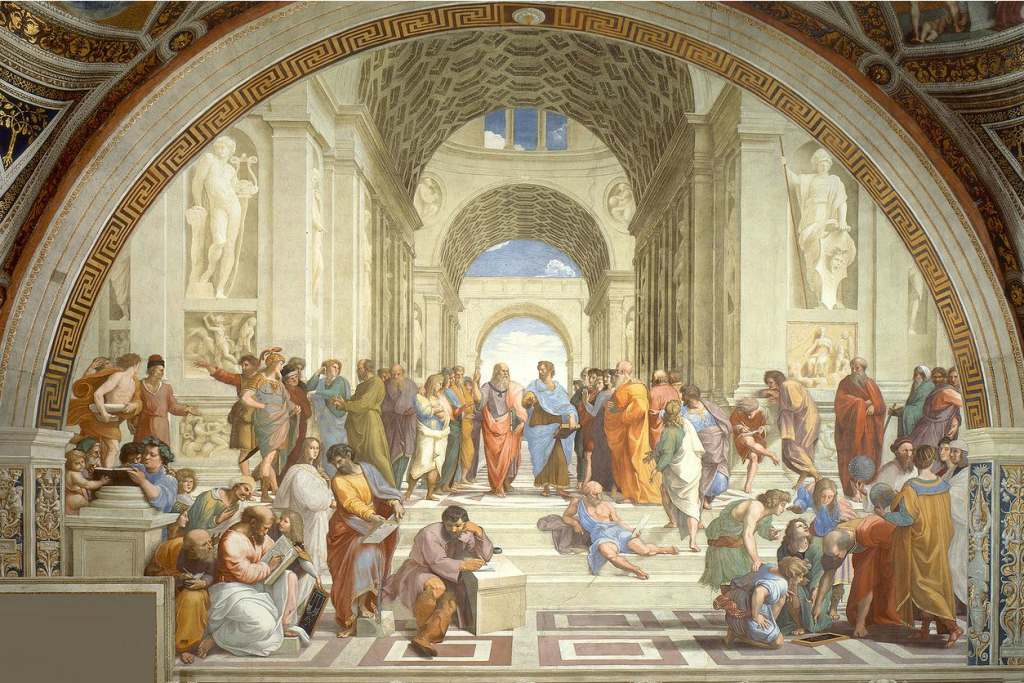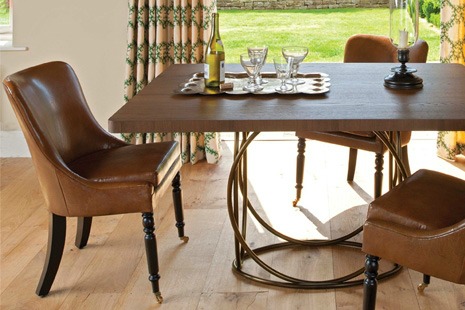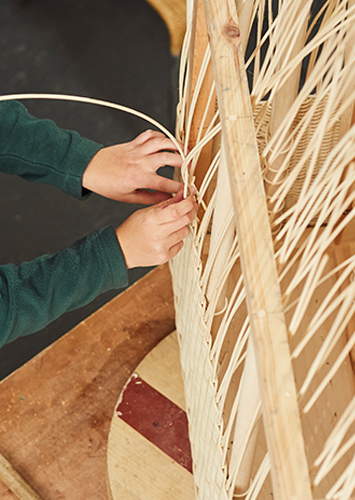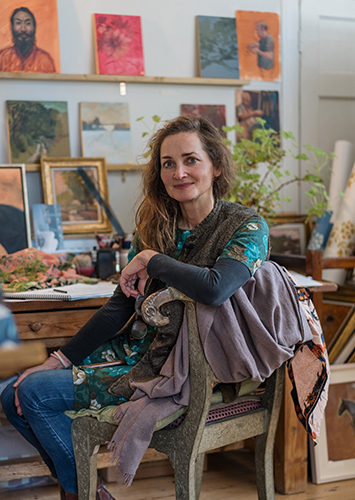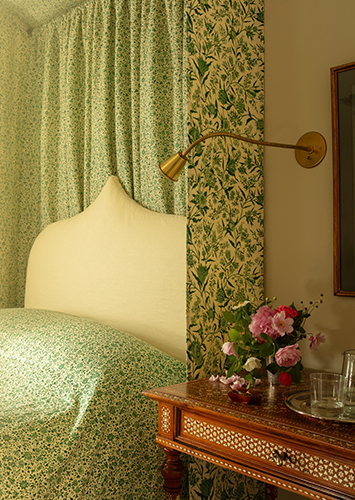The creation of architecturally inspired furniture was one of Soane Britain’s early ambitions. Lulu, Soane’s Co-Founder and Creative Director, studied Egyptology and Ancient History at university and developed an interest in classical design principles – in particular, the ‘Golden Section,’ with its roots in Ancient Egypt and Greece. By focusing on key considerations of symmetry, balance and proportion, she aimed to produce furniture that captured the timeless beauty of classical architecture. Today, balanced alongside more organic designs such as hand-woven rattan, metalwork inspired by plants and animals and floral print fabrics, Soane has established a strong collection of clean-lined, geometrical furniture.
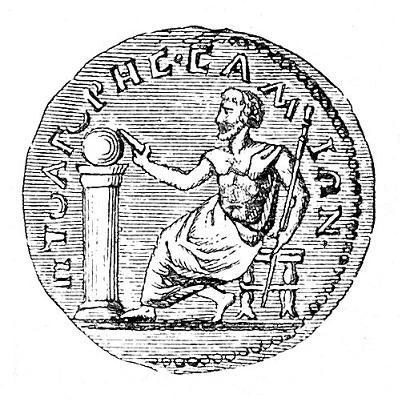
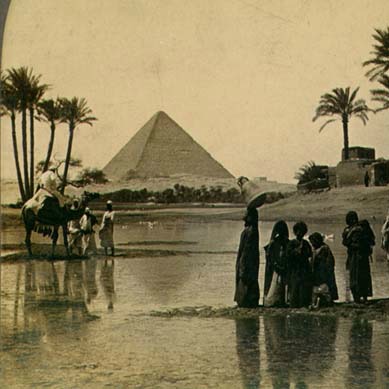
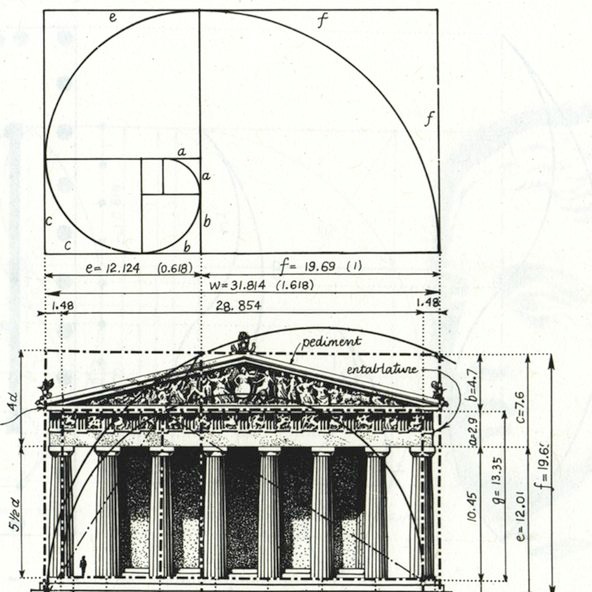
Throughout the centuries mathematicians, philosophers and artists have discovered and re-discovered the ‘Golden Section’ or ‘Divine Proportions’ – specific proportions that when applied to the design of ancient buildings, achieved perfect visual balance and harmony. Analysis of The Great Pyramid of Giza or the elevation of The Parthenon reveals these golden proportions at work. Greek philosophers and mathematicians developed the concepts of Ancient Egyptian mathematician Euclid (said to be the father of geometry), particularly Pythagoras, who talked of ‘harmonia’ (fitting together) and ‘kosmos’ (the beautiful order of things) in man, nature and the universe. With the geometer’s tools of the straight rule, compass and pencil, Pythagoreans started with a point, about which they created a circle, then two circles that in their overlapping sections created a triangle, a perfect square, a pentagram and so on… and in doing so, identified ‘divine proportions.’

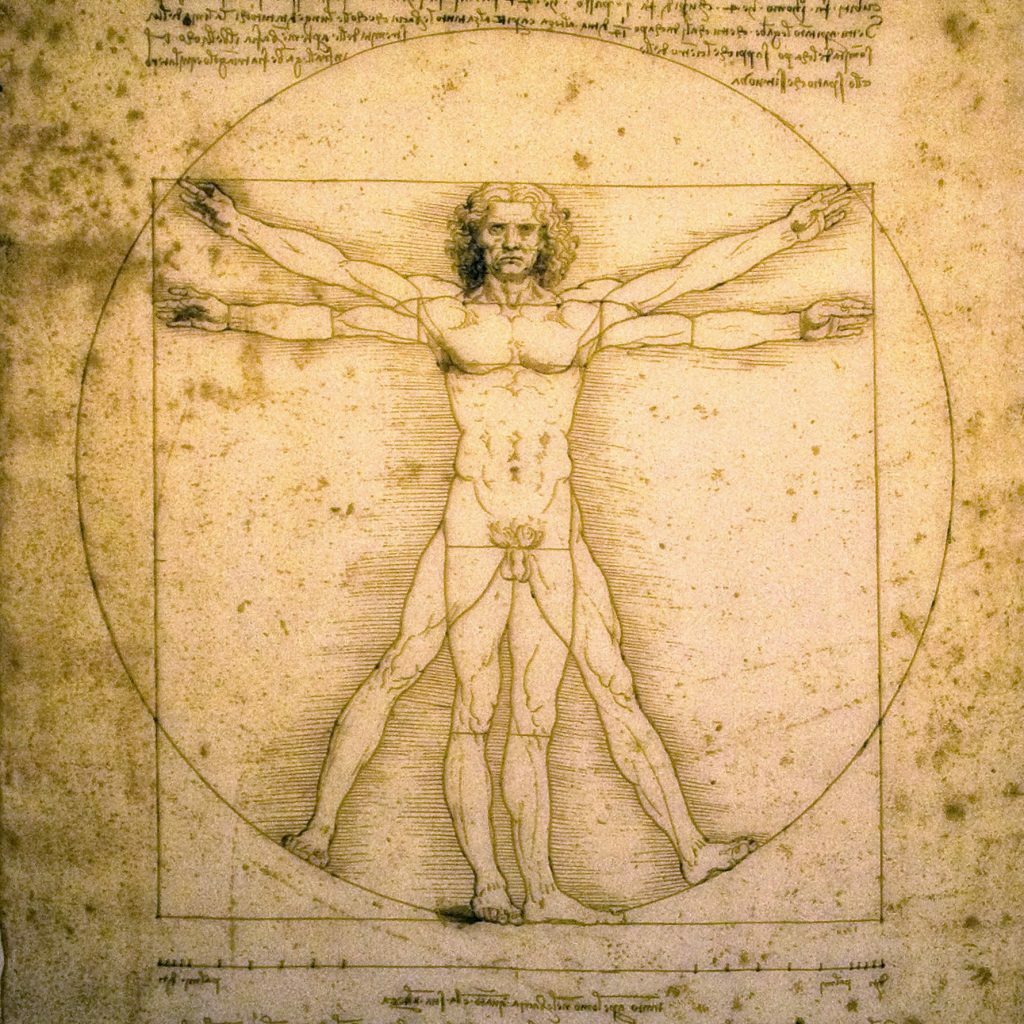
Enthusiasm for divine proportions was renewed during the Renaissance, when there was a revival of classical learning with humanists studying the works of Greek scholars, and an appreciation of art as a branch of knowledge and science. Geometer Luca Pacioli re-discovered the ‘secret’ in his book ‘De divina proportione’ (1509), for which Leonardo de Vinci provided explanatory illustrations. Some of De Vinci’s own works, such as ‘The Last Supper’ (1495-1498), applied the principles and his ‘Vitruvian Man’ was inspired by a passage in Vitruvius’ ‘De architectura‘ (Ten Books on Architecture, c27BC), on the golden proportions of the human body.
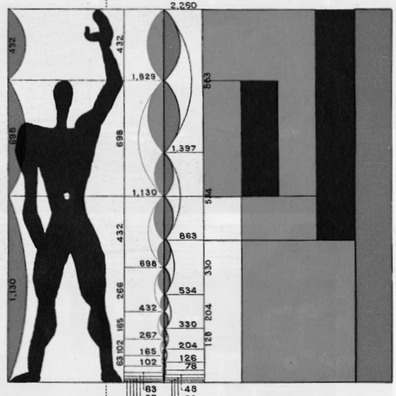
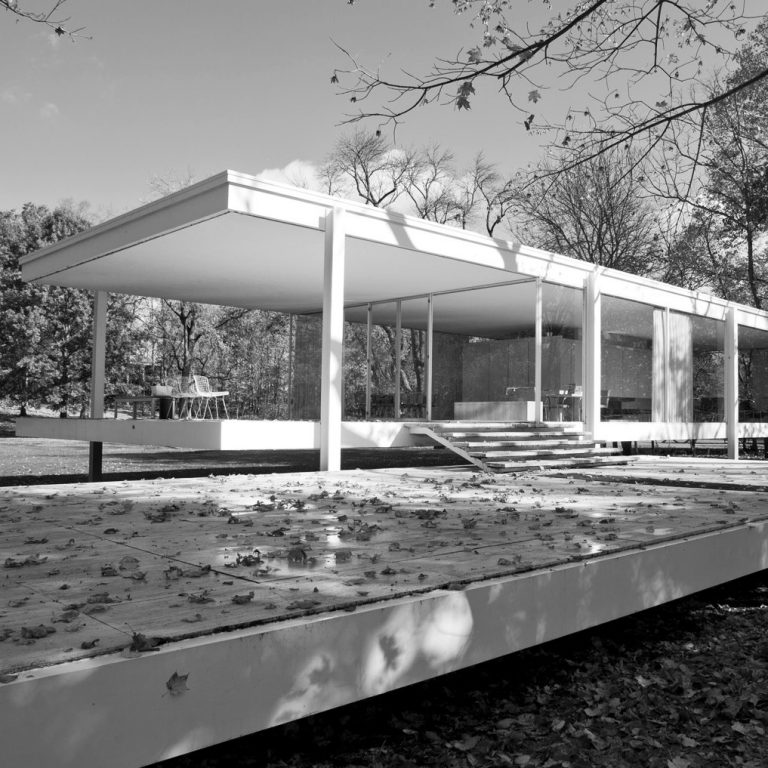
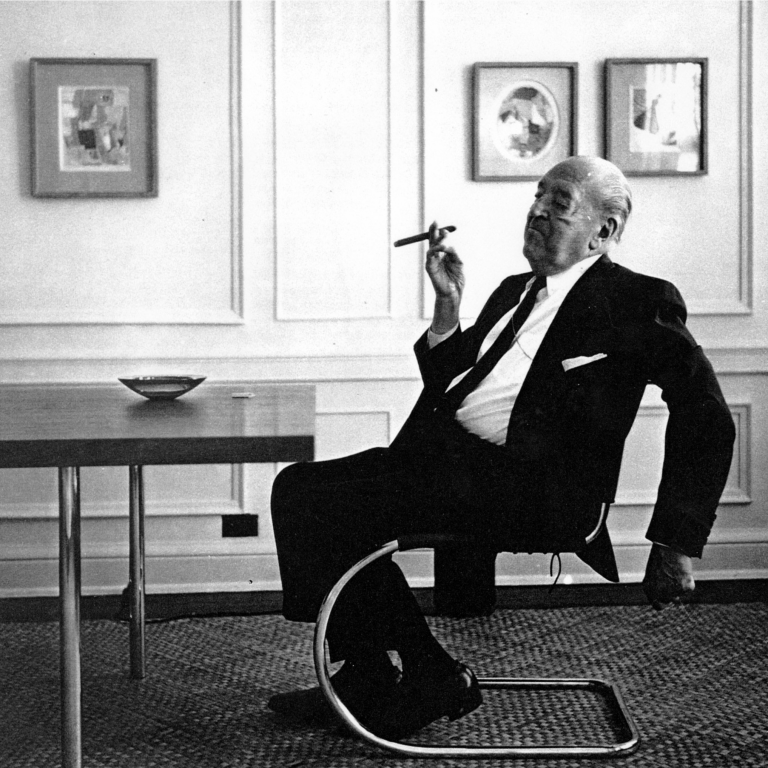
Another peak of interest occurred in the mid-twentieth century when the golden ratio was applied by architects designing buildings in the International Style. Mies van der Rohe’s Farnsworth House has proportions that accord with the ratio and Le Corbusier used it to develop his anthropometric Modulorscale in the 1940s and 1950s (‘The Modulor: A Harmonious Measure to the Human Scale, Universally Applicable to Architecture and Mechanics’). Inspired by Vitruvius’ belief that the human body’s proportions are central to balance and harmony, Le Corbusier’s created a figure of a man with his arm raised above his head – a direct reference to Vitruvian Man – to be used as a module in the design of furniture as well as buildings.
At Soane Britain, Lulu’s desire to create architectural furniture was not about merely mimicking building forms, but capturing the essence of the perfectly proportioned classical buildings she so admired. Balanced and harmonious designs are innately beautiful to the eye. The effect is subliminal yet powerful – when philosopher Gustav Fechner (1801-1887) conducted a study requiring people to choose the most pleasing proportions for a rectangle, the result was overwhelmingly in favour of a 5:8 ‘golden’ ratio.
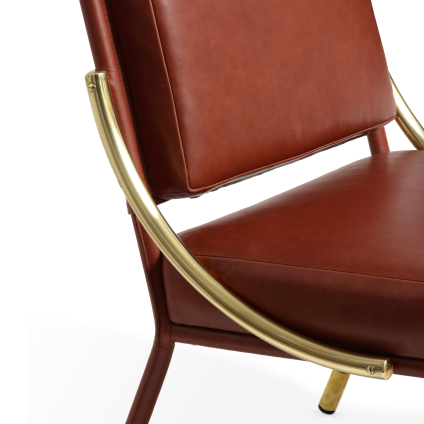
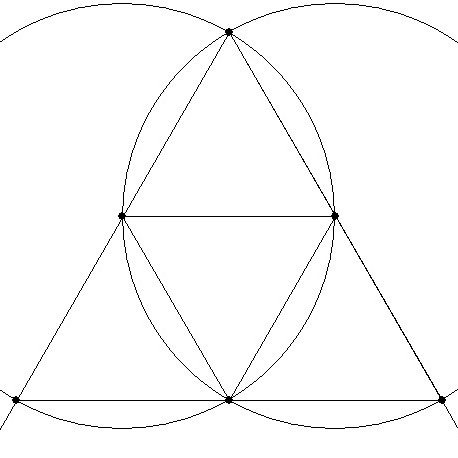
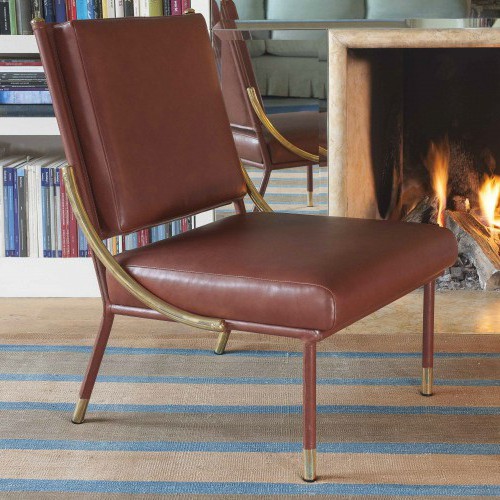
Asked to choose a favourite, geometric design to feature here, Lulu suggests the Opera collection of chairs and stools. She explains, “It is an entirely original Soane design that, in its simplicity, requires close consideration of proportions – both of the parts to the whole and in its ergonomic scale.” Soane’s aim is to always combine elegant looks with superb comfort. The latest Opera Chair is an inviting low chair with fine, angular lines and the signature Opera ‘arcs’ at its sides. The addition of sumptuously deep upholstery to its seat and back makes for a chair that is divinely comfortable!
More geometric Soane designs…
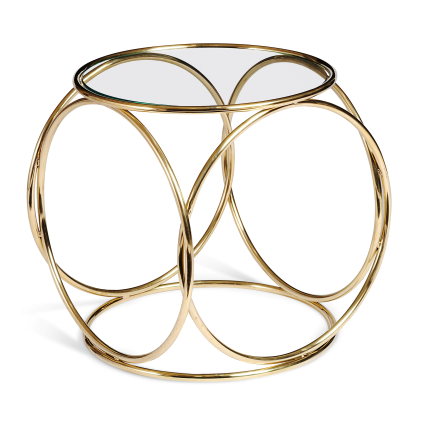
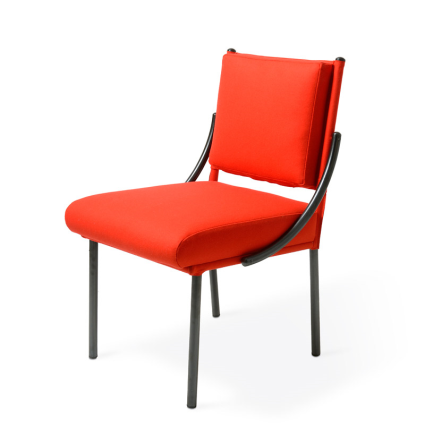
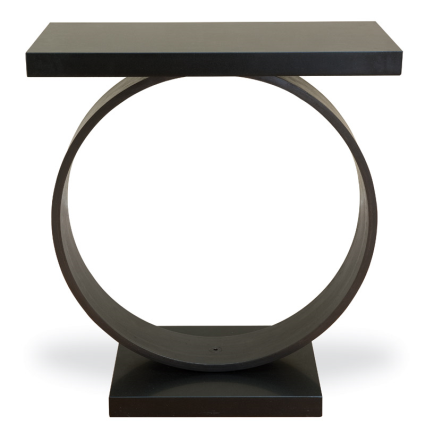
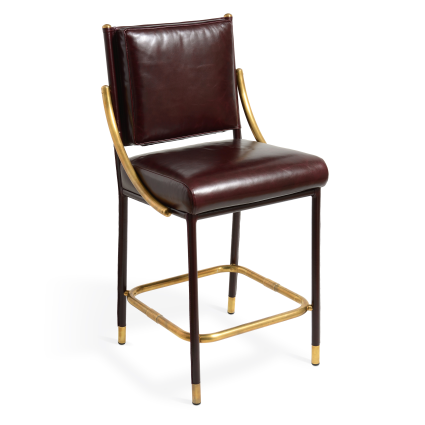
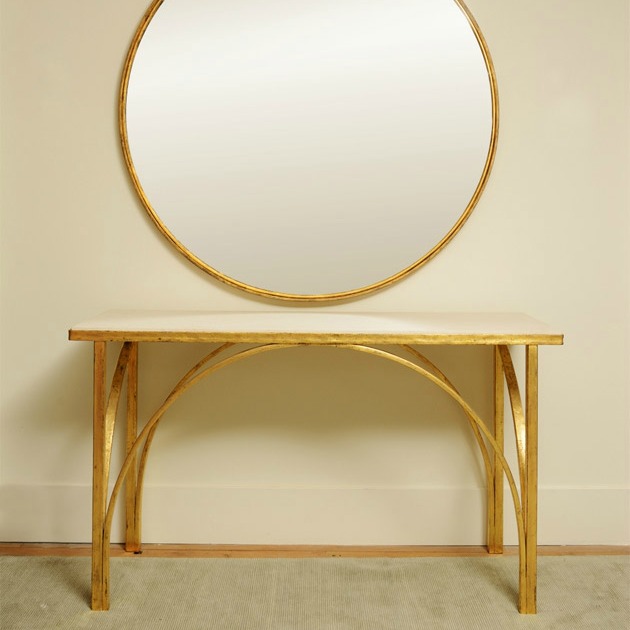
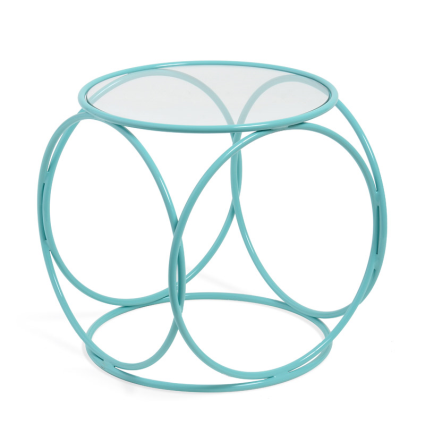
Top gallery: ‘Vitruvian Man’ (1409) by Leonardo de Vinci; The Oval Yacht Table with Opera Dining Chairs, all by Soane Britain; ‘The School of Athens’ (1509-1511) by Raphael; The Velo Table and Gallery Chairs, all by Soane Britain.

